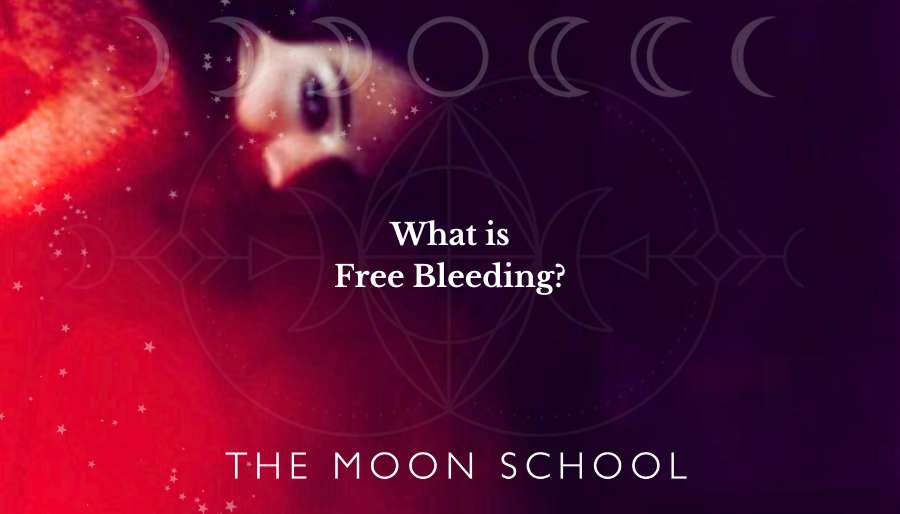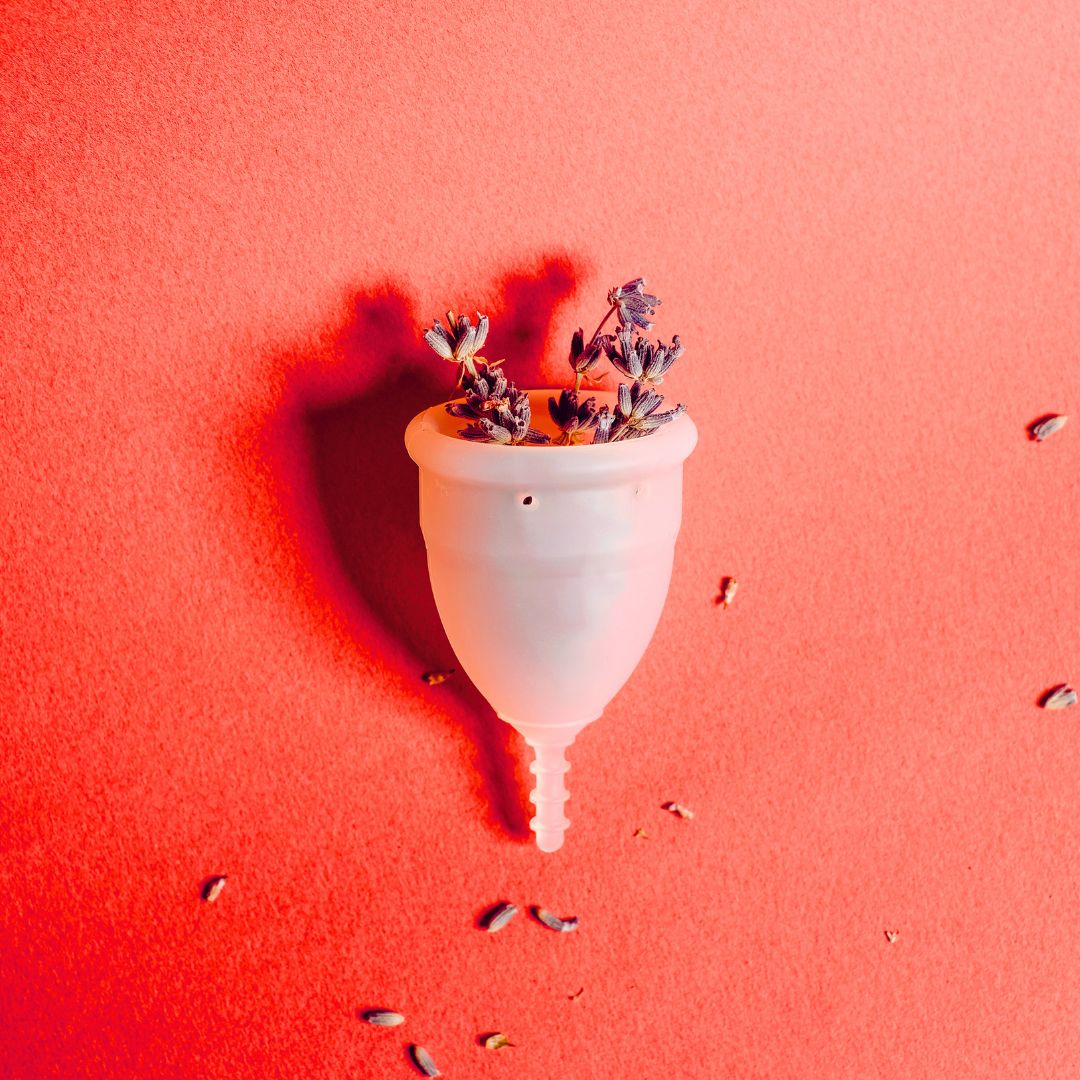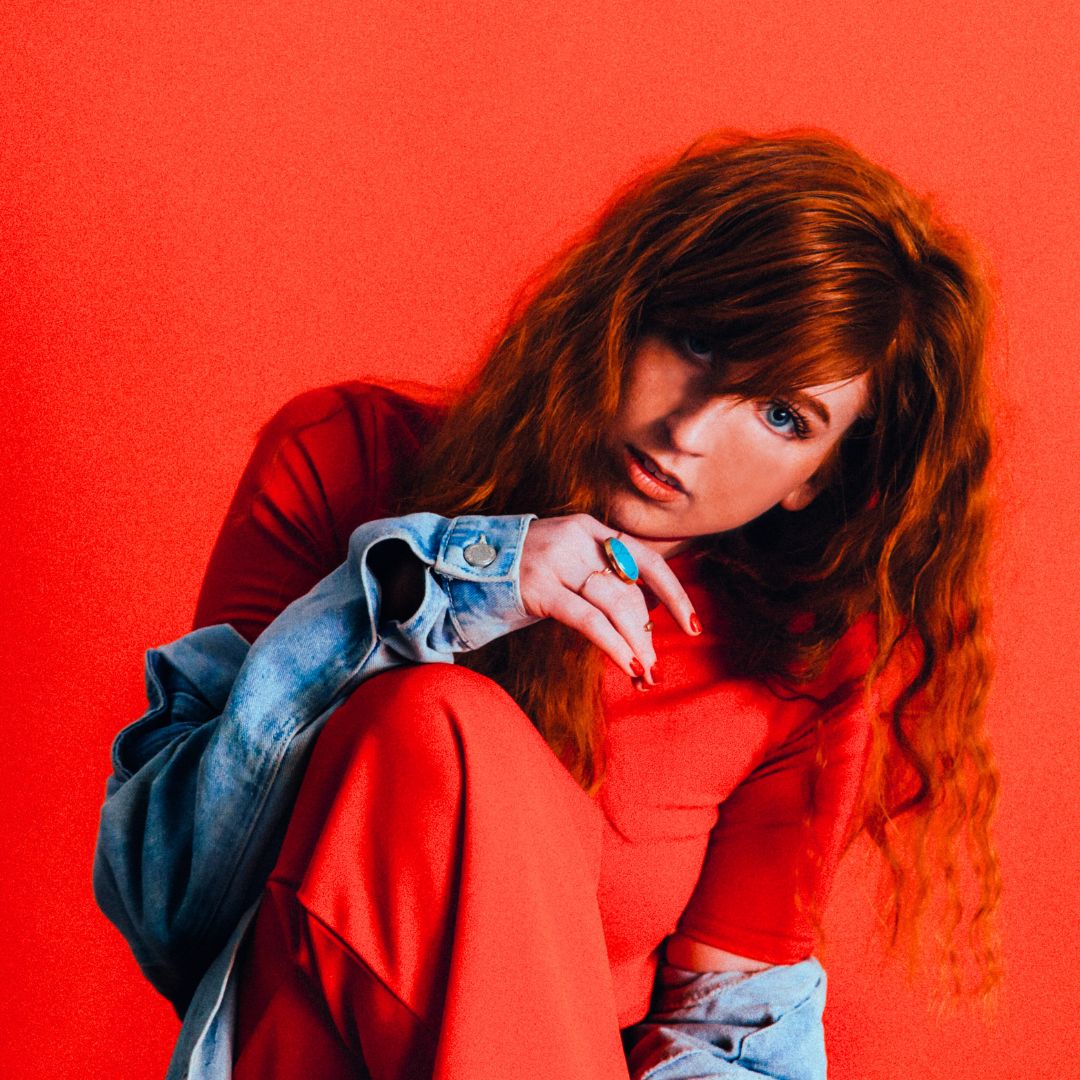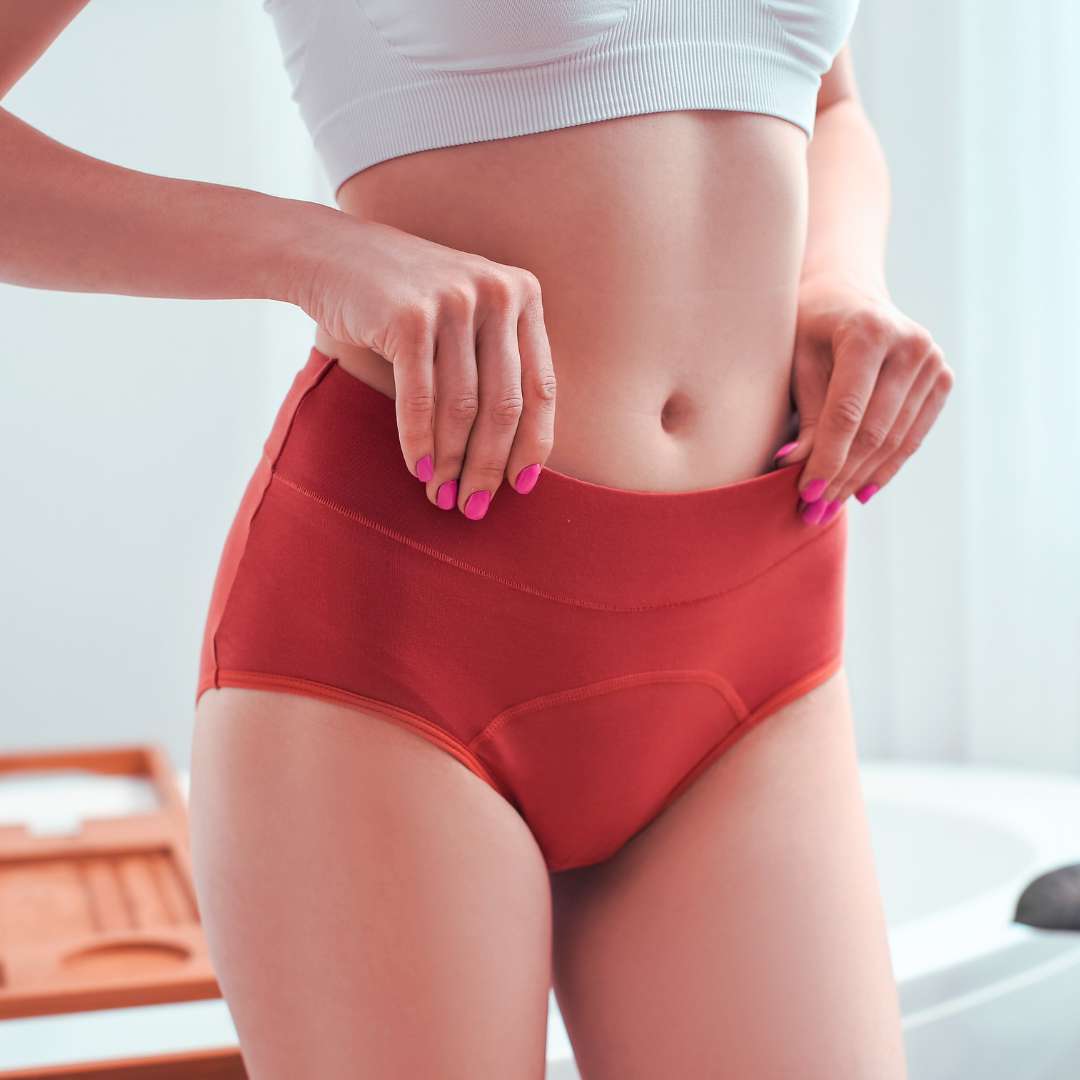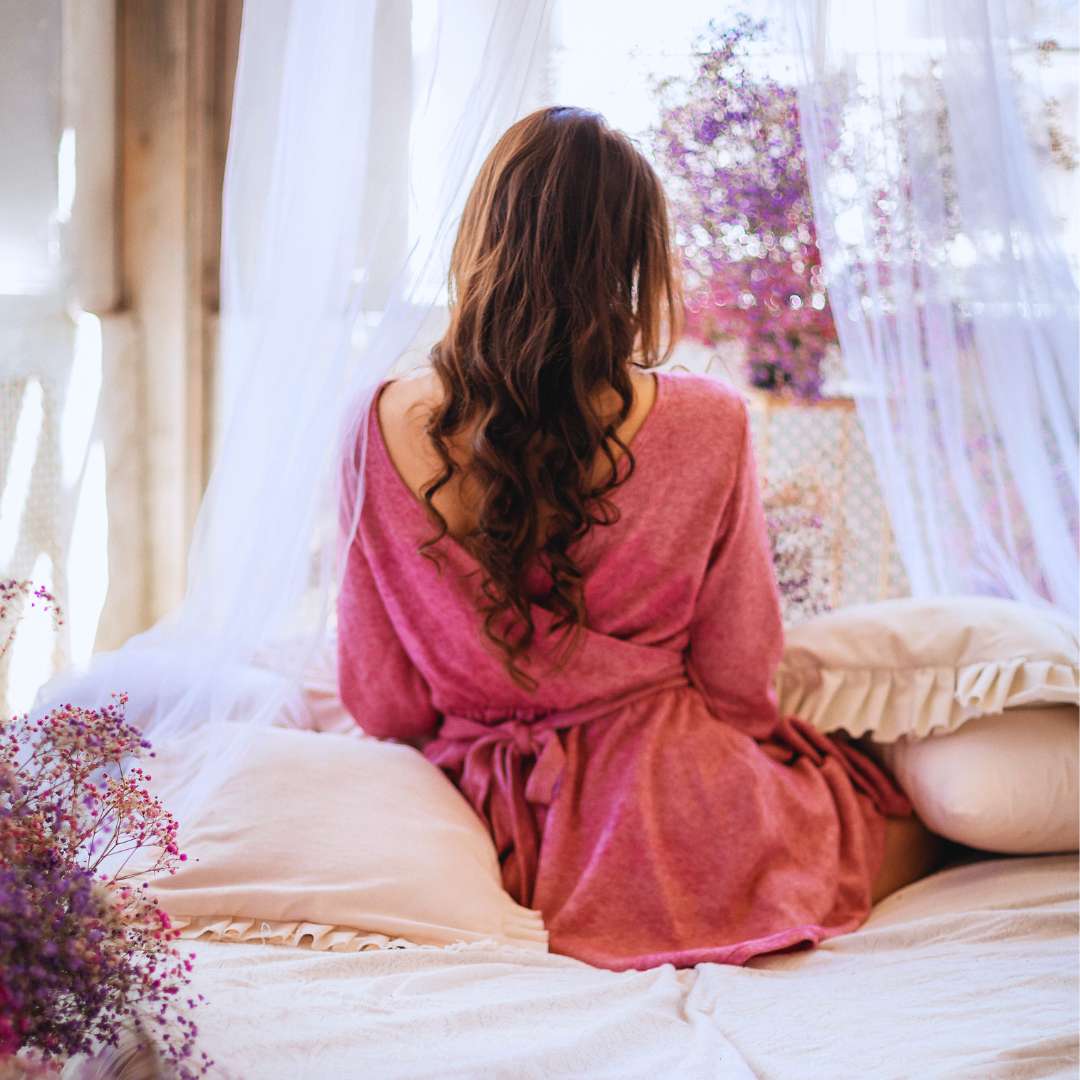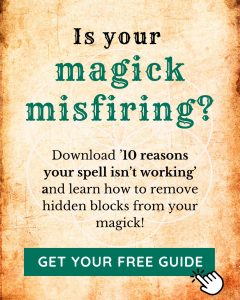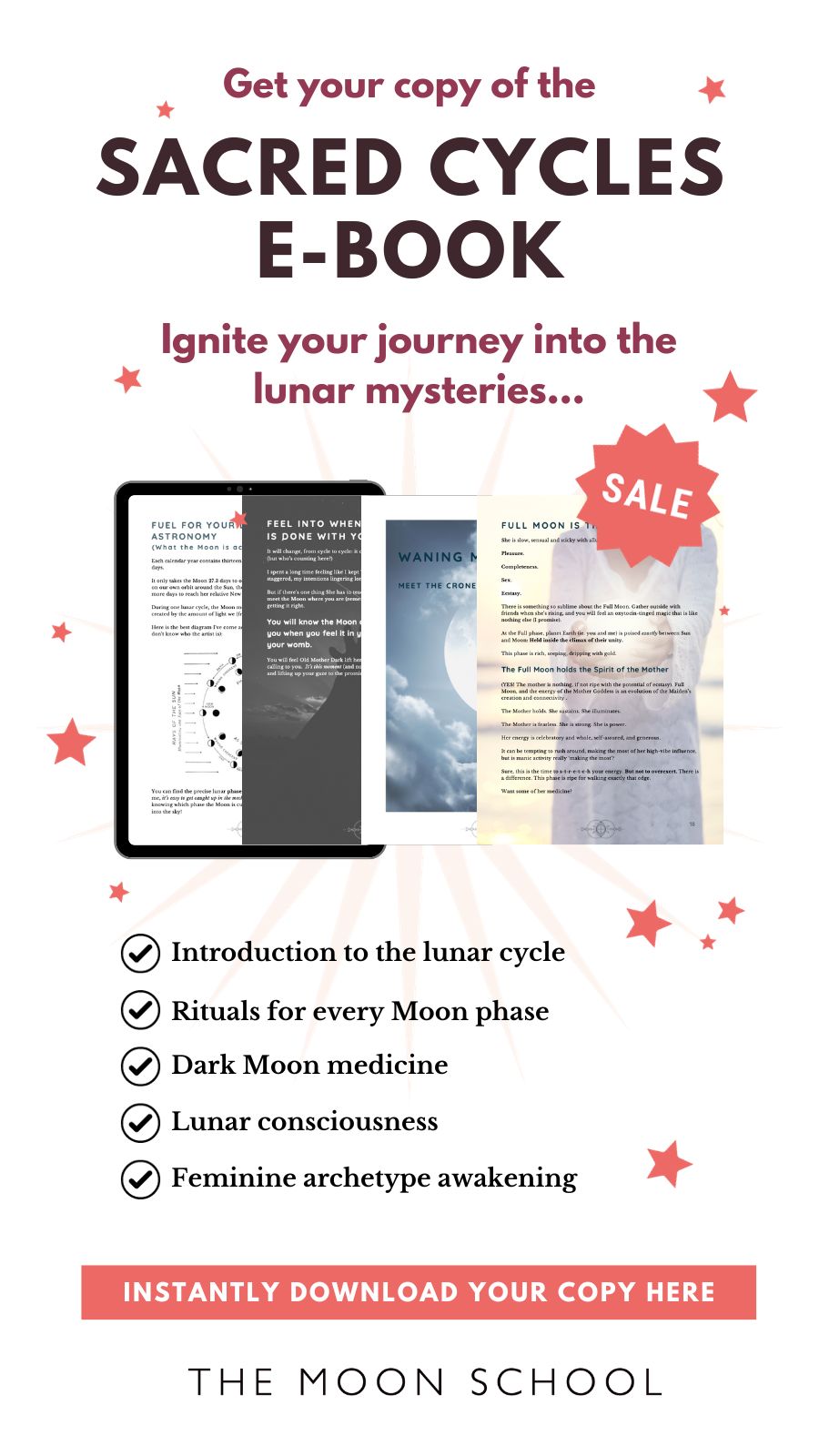Have you heard the term “free bleeding”?
More than a practice, it’s a movement where menstruating women choose not to use any menstrual products to block or collect their flow. Instead, they let their blood flow freely.
While it may sound unusual and even a little uncomfortable to the uninitiated, free bleeding has become a popular, if controversial subject in recent years, with the debate centring around some pretty hot topics.
Some free bleeders argue that using menstrual products is not only expensive but harmful to the environment.
Others believe free bleeding can help break the stigma surrounding menstruation and promote body positivity among women.
What do you think? No… before you answer that question, let’s take a look at some of the most important questions around this niche topic within the realm of menstruation.
1. What does it mean when you free bleed?
Free bleeding is a practice where you choose not to use any menstrual products to collect or absorb your menstrual flow. Instead, you allow the blood to flow naturally and freely. This means that you won’t use tampons, pads, menstrual cups, or any other period products designed to manage your period.
The idea behind free bleeding is to let your body feel natural and let the menstrual blood flow as it would normally. It is a personal choice that some women make to feel more connected to their bodies and to embrace their natural flow.
2. Who started free bleeding?
Free bleeding is not a new concept, and has been a centuries-old practice in some cultures though it wouldn’t have been given the name. The modern free bleeding movement began in the 1970s, in response to the rare, yet very dangerous condition known as toxic shock syndrome, caused by bacterial infections in tampons.
More recently, free bleeding gained popularity in 2014 when American drummer and music producer Kiran Gandhi ran the London Marathon while free bleeding. This act of liberation became a symbol of activism against the menstrual stigma that still exists all around the world today.
The movement has been embraced by many women who want to challenge the idea that periods are shameful or dirty. Free bleeding has been framed as a way to celebrate the miracle of the female body and embrace its natural cyclic nature.
3. What is the free bleeding movement?
The free bleeding movement is a collective effort by women around the world to challenge period stigma and taboos by making menstruation visible and public. Supporters reject the idea that periods and women’s issues should be hidden away. They want to normalize menstruation as a natural and healthy bodily function, rather than perpetuating period shaming.
Yet free bleeding remains controversial. It’s often closely tied to feminist discussions around reproductive rights, sex education, and gender equality. Free bleeding is also seen as an activist stance against corporate influence over menstruation and sanitary products, including “tampon tax” i.e. the discriminatory taxation of “luxury items”.
The hashtag #Freebleeding is used on social media to share experiences and raise awareness of the movement.
By choosing to bleed freely, are sending a message to the world that periods are nothing to feel ashamed of? OR are you engaging in a dangerous practice that puts public health at risk?
4. What are some benefits of free bleeding?
It’s natural: Allowing your period blood to flow freely without pads or tampons mimics the natural menstrual cycle as it was intended to occur. This can feel more comfortable and in tune with one’s body.
Reduces toxins: Tampons and pads contain bleached cotton, dyes, fragrances and other chemicals that some argue can introduce toxins near sensitive areas when worn for long periods. Free bleeding avoids exposure to these.
Less risk of TSS: Toxic shock syndrome is a rare but serious condition linked to tampon use. Some claim free bleeding removes this small risk altogether
Better hygiene: Proponents argue it’s more hygienic as period blood flows out naturally rather than being absorbed by a product.
Lower costs: Not purchasing pads or tampons every month reduces financial costs over time.
Increased awareness: Being in direct contact with one’s menstrual flow can help women better understand and tune into their cycle and hormonal changes.
Environmental benefits: Free bleeding produces no waste products like pads/tampons that end up in landfills.
Less irritation: Pads and tampons involve friction that some find irritating. Free bleeding avoids this rubbing and potential itchiness or rashes. It allows the vaginal area to breathe naturally.
Better circulation: The compression of pads/tampons may constrict blood flow for some. Free bleeding does not place any physical barriers that could inhibit circulation in the pelvic region. This may aid some women’s cramping.
Potential fertility benefits: Since free bleeding keeps the vaginal environment completely natural, it may support vaginal pH balance and overall reproductive health in ways that products do not. Some experts note it may help increase fertility and regulate cycles long-term, though more research would be needed.
5. What are some risks of free bleeding?
Leakage and/or staining: Without pads or tampons, it may be harder to prevent leaks onto clothes and other surfaces
Public embarrassment: Accidental leaks in social/work settings could cause discomfort.
Difficulty exercising/being active: Intense movement like sports may increase leakage risk.
Sleep disruption: Heavy flows may interrupt sleep from needing to change clothes/sheets.
Discomfort: Some may find the feeling of blood flow unpleasant without a product.
Risk of infection: As a bodily fluid, menstrual discharge can carry infectious disease, and while the risk is very small, this can be spread if blood is leaked onto communal surfaces
Social stigma: Cultural norms still view periods as unclean, so free bleeding may draw stares
6. Is free bleeding safe?
One of the main concerns about free bleeding is the risk of infection. Without any sanitary products to absorb the blood, it can potentially come into contact with clothing, furniture, and other surfaces, increasing the risk of bacterial growth and transmission.
However, as long as you practice good hygiene and clean up any spills promptly, any risk of infection is relatively low.
It’s also important to note that free bleeding tends not to be recommended for people with heavy periods or certain medical conditions that increase the risk of bleeding or infection.
7. Is it healthier to free bleed?
There is no empirical evidence to suggest that free bleeding is healthier than using menstrual products. While some people claim that it can reduce period pain and cramps, there isn’t any scientific evidence to support the claim of less period pain.
One of the proven health benefits of free bleeding is the eliminated risk of TSS from tampons. In fact, without the use of any sanitary products, the vagina and vulva area aren’t exposed to any harmful chemicals.
Many women claim that by staying at home and slowing down when bleeding, they can tune into their bodies, and respond to their needs, rather than ignoring what’s going on biologically. This intimacy with their own experiences can lead to overall greater health and well-being.
8. How do you comfortably free bleed?
If you choose to free bleed, it is important to wear comfortable and breathable clothing. Loose-fitting pants or skirts made of natural fibres like cotton can help prevent irritation and discomfort. If wearing period pants or underwear, change it frequently to maintain hygiene.
Some women simply set aside the first day or two of their bleed and stay at home, sitting or laying on towels and avoiding public spaces altogether. This eliminates the risk of blood dripping onto surfaces when you are out and about. And it also allows you to tune into your body completely.
9. What is free bleeding underwear?
Free bleeding underwear, also known as period panties, period pants or period underwear, are specially designed underwear that are made to absorb menstrual blood. Often made from a combination of materials like cotton, spandex, and nylon,they tend to feature multiple layers of absorbent fabric to prevent leaks.
This article offers a great roundup of the most popular brands of period underwear.
One of the benefits of free bleeding underwear and period pants, is that they’re reusable, which makes them an eco-friendly alternative to disposable products. They’re designed to be resistant to blood stains, and they can also be more comfortable than traditional menstrual products, as they don’t require any insertion or adhesive to stay in place.
Period-proof running shorts are designed to be worn during physical activity, and feature a built-in absorbent layer to prevent leaks. They’re a great option for athletes or anyone who wants to stay active during their period.
Of course, you can also choose to free bleed without any special products at all. Some people prefer to wear normal underwear or yoga pants and simply let their period flow freely. However, this can be messy and may require multiple layers of clothing to prevent leaks.
10. Is using pads considered free bleeding?
No, using pads isn’t considered free bleeding, because this specifically refers to allowing menstrual blood to flow naturally without any external protection like pads, tampons, or menstrual cups.
While pads do absorb menstrual blood, they still act as a barrier that collects the blood rather than letting it flow freely.
While pads may feel more comfortable or practical than nothing for most, their use would not fall under the definition and philosophy of “free bleeding” as promoted by its advocates. It involves a wholly unrestricted and natural approach to menstruation.
11. Is free bleeding spiritual?
For many women free bleeding is a spiritual practice that connects them with their bodies and the earth. It is a way of honouring the natural cycles of life and death and embracing the beauty and sacredness of bodily fluids, especially in a world where we’re repeatedly told these are dirty and wrong.
If you are interested in exploring the spiritual side of menstruation, free bleeding might be a powerful tool for self-discovery and self-expression.
Also read: 33 Spiritual Things to Do on Your Period
12. Can free bleeding end your period faster?
There is no scientific evidence to suggest that free bleeding can make your period end faster, but this is likely because no studies have been done! Some women anecdotally claim that free bleeding does speed up their flow, leading to their period being shorter overall.
13. Is it OK to free bleed at the end of your period?
It is safe to free-bleed at the end of your period when the flow is lighter. For a lot of women this is where they begin their journey into free bleeding, because it’s a low-risk way to try it out.
14. Should I free bleed at night?
Die-hard free bleeders bleed unhindered at night, as well as during the day.
If you’re only just coming to the movement, you may want to stick with free bleeding during the day at first, because at night it can be difficult to monitor your flow and prevent staining (though a pile of dark red towels can be a great help!) Instead, use a menstrual product like reusable, or disposable pads or a menstrual cup to ensure a comfortable and restful night’s sleep.
15. What to do when you bleed through your pants in public?
If you experience a leak or bleed through your pants in public, it can be embarrassing and uncomfortable, especially if you yourself are still working through the taboos of period shaming.
Carry a spare pair of underwear and pants, as well as a menstrual product like a pad or tampon just incase, to prevent further staining. Soak stains in cold water (not hot!) and use a stain remover like hydrogen peroxide to treat blood stains.

